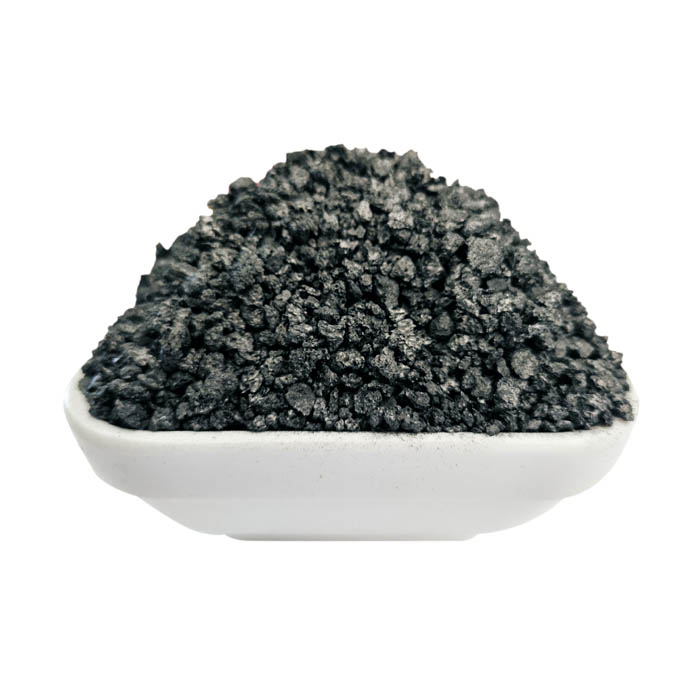Dec . 17, 2024 20:03 Back to list
High-Performance Non-Bubbling Refractory Materials for Advanced Industrial Applications
High-Quality Non-Bubbling Refractory Materials Essential for High-Temperature Applications
In the world of industrial applications, especially those involving extreme temperatures, the demand for reliable materials is paramount. High-quality non-bubbling refractory materials have emerged as a critical component in various sectors, including metallurgy, ceramics, glass production, and cement manufacturing. These materials offer durability, stability, and resistance to thermal shocks, making them indispensable in environments where conventional materials would fail.
Understanding Refractory Materials
Refractory materials are defined by their ability to withstand high temperatures without melting or deforming. They are typically composed of ceramics and are designed to resist heat, corrosion, and wear. Non-bubbling refractories, in particular, are engineered to avoid the formation of bubbles or blisters during the heating process. This characteristic is essential as the presence of bubbles can weaken the structural integrity of the material and compromise the overall performance of the installations in which they are used.
Key Properties of Non-Bubbling Refractory Materials
1. Thermal Stability High-quality non-bubbling refractories can maintain their structural integrity at elevated temperatures, often exceeding 1,500 degrees Celsius. This thermal stability ensures their effectiveness in high-temperature applications, preventing workflow disruptions due to material failures.
2. Low Shrinkage During heating, traditional refractory materials can experience significant shrinkage, which can lead to cracks and other structural problems. Non-bubbling refractories, however, are formulated to minimize shrinkage, ensuring they maintain their original dimensions and properties even after prolonged exposure to extreme heat.
3. Chemical Resistance These materials are often exposed to corrosive environments, including acidic or basic substances. High-quality non-bubbling refractories are designed to resist chemical attacks, thereby extending their service life and reducing maintenance costs.
4. Mechanical Strength Effective non-bubbling refractories possess excellent mechanical strength, enabling them to withstand the physical stresses encountered in industrial processes. This includes resistance to wear and deformation under load, which is crucial for maintaining the integrity of kilns, furnaces, and other equipment.
high quality non bubbling refractory material

Applications in Industry
Given their superior properties, high-quality non-bubbling refractory materials are extensively used in various industrial applications
- Metallurgy In the field of metallurgy, refractories are vital for furnace linings, where they provide insulation and protect the structure from molten metal's corrosive effects. Non-bubbling refractories ensure consistent performance, even during the high-temperature processing of metals.
- Ceramics Production The ceramic industry relies on non-bubbling refractories for kiln linings. These materials help maintain uniform heating, crucial for producing high-quality ceramics without defects caused by thermal gradients or gas pockets.
- Glass Manufacturing In glass production, refractories must withstand direct contact with molten glass, which can be abrasive and corrosive. High-quality non-bubbling refractories offer the necessary resistance to thermal and chemical stresses, thereby ensuring a smooth production process.
- Cement Industry Refractory materials are also used in cement kilns, where they face extreme temperatures and the risk of chemical deterioration. The durability of non-bubbling refractories contributes to efficient cement production, minimizing downtime caused by repairs.
Conclusion
The role of high-quality non-bubbling refractory materials cannot be overstated in industrial settings that require durability and reliability under extreme conditions. Their ability to withstand high temperatures, resist chemical attacks, and minimize structural changes makes them an optimal choice for various applications. As industries continue to evolve and push the boundaries of technology, the demand for advanced refractory materials will only increase, reinforcing their importance in maintaining operational efficiency and safety in high-temperature environments. Investing in high-quality non-bubbling refractories is not just a choice; it is an essential step toward achieving excellence in industrial production.
-
High-Quality Fe-C Alloy Leading Manufacturers & Spherical Alloy Materials Supplier
NewsJun.10,2025
-
Premium Low Nitrogen Recarburiser Supplier & Manufacturer – High Quality Exporters
NewsJun.10,2025
-
DT4 High-Quality Magnetic Materials Leading DT4 Manufacturer & Supplier
NewsJun.10,2025
-
High-Performance Spring Steel Suppliers Custom Solutions
NewsJun.10,2025
-
Premium SWRCH6A Manufacturer Steel Wire Supplier & Factory
NewsJun.10,2025
-
Premium Mild Steel Wire Rod Supplier & Manufacturer
NewsJun.10,2025
